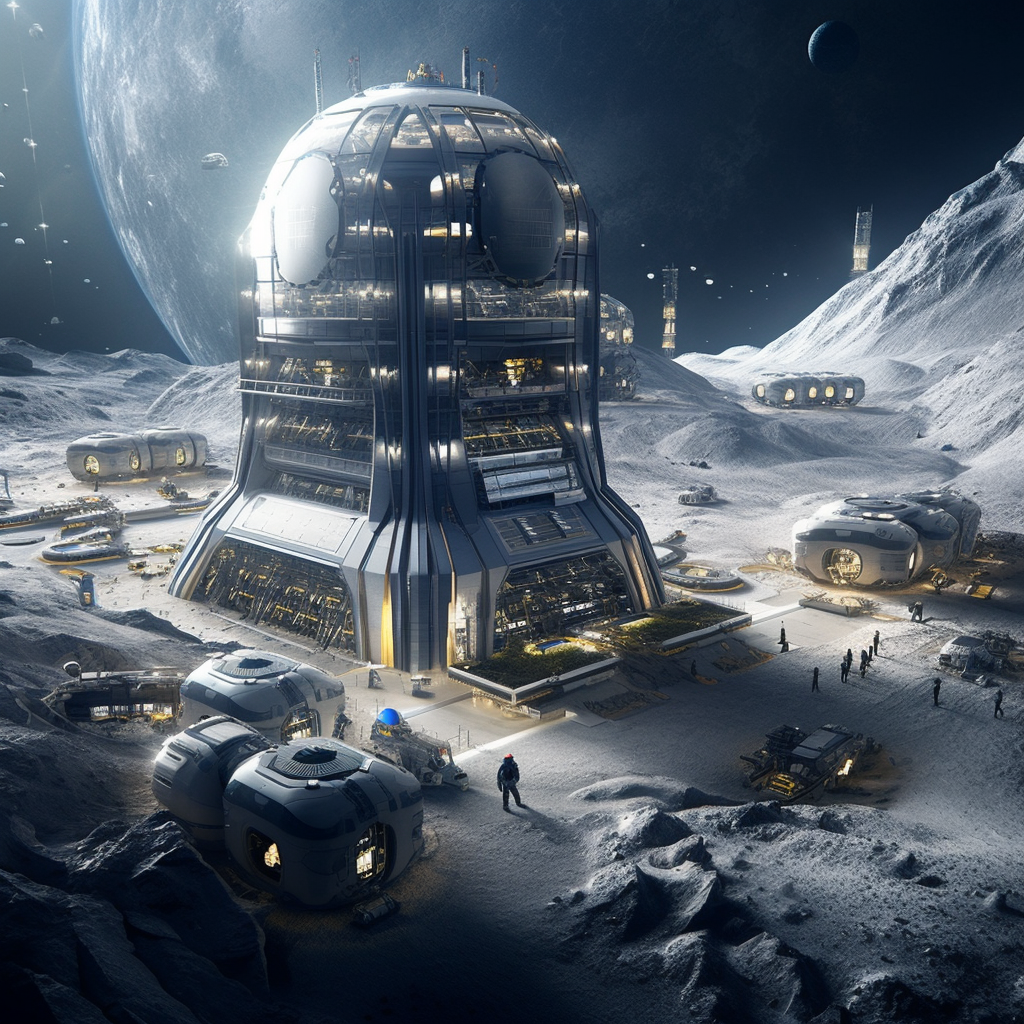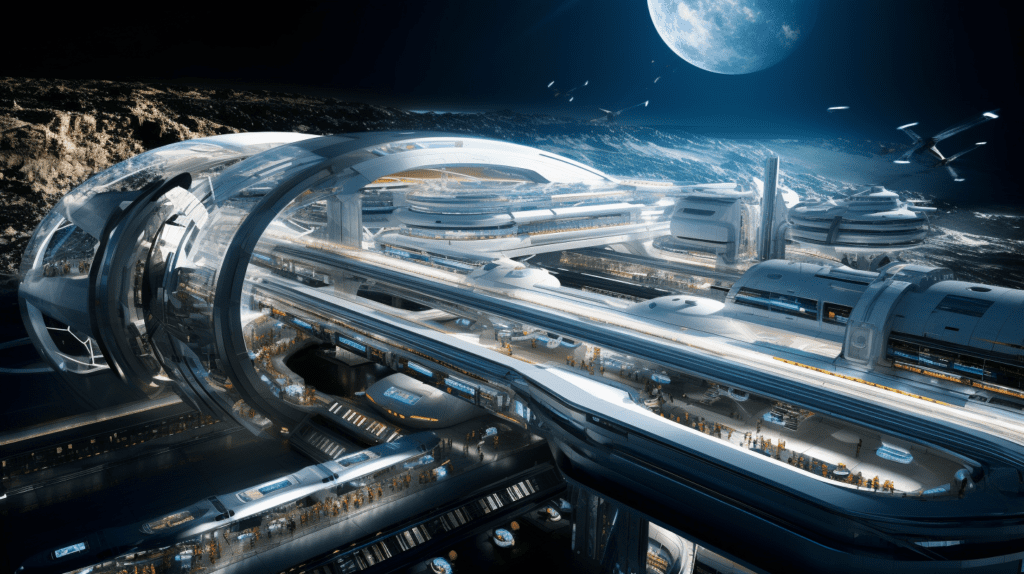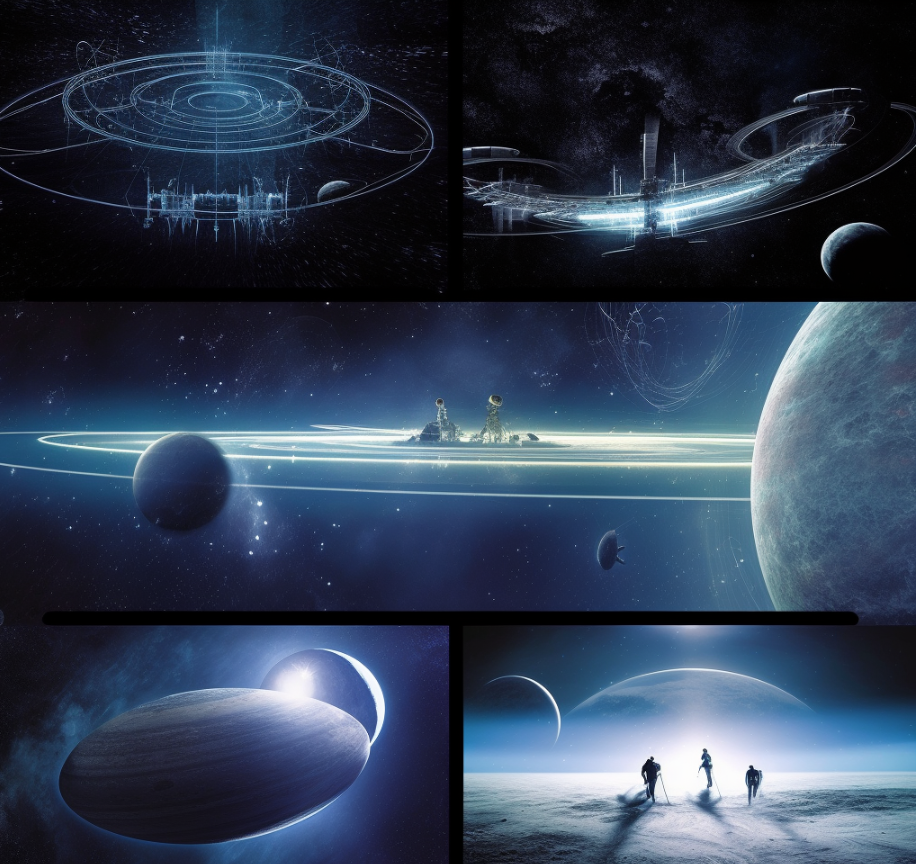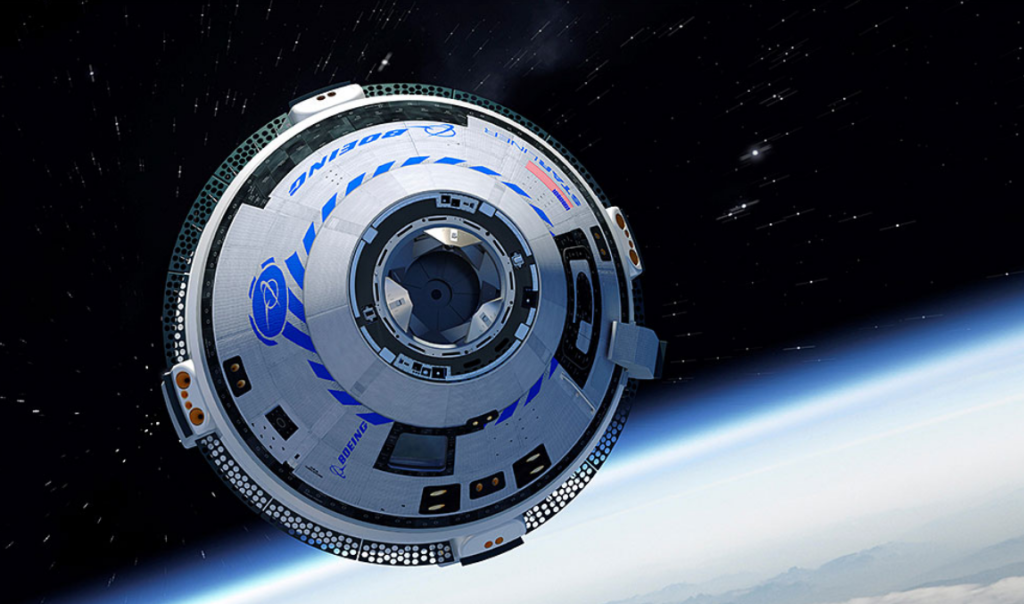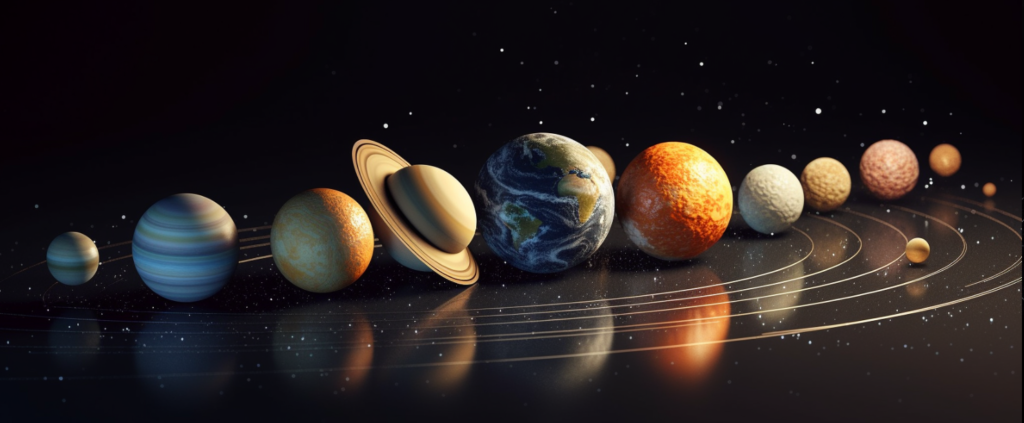The Evolution of Space Travel
Breaking Barriers and Reaching for the Stars
From the first successful satellite launch, Sputnik 1, by the Soviet Union in 1957, to the iconic Apollo 11 moon landing in 1969, space travel has come a long way. These groundbreaking achievements marked significant milestones in human history, proving that the impossible could be made possible through human ingenuity and determination.
Space Shuttles: Bridging the Gap
The development of space shuttles revolutionized space travel by enabling regular access to low Earth orbit. These reusable spacecraft, such as the NASA Space Shuttle program, provided a platform for scientific research, satellite deployment, and even manned missions to construct the International Space Station (ISS). They served as the workhorses of space exploration for several decades, contributing to our understanding of microgravity and fostering international collaboration.




